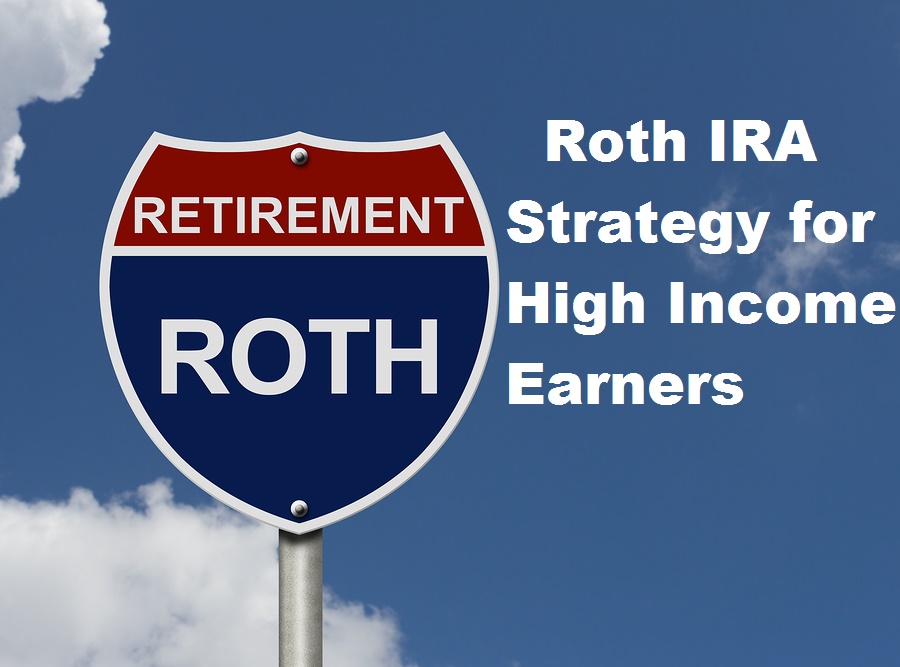
Roth IRA distributions are tax free (as long as you’ve met the requirements.) Earnings on your Roth are tax free. If you die, your heirs inherit the money tax free. I just love things that are tax free!
________________________________________________________________________
I write about ROTH IRAs quite a bit, but someone recently asked me to explain ROTH IRAs so here we go:
A ROTH IRA is best defined by how it’s different from a regular (Traditional) IRA. Here are the differences:
- You cannot deduct contributions to a ROTH IRA, so whatever money you invest into a Roth—you’re going to pay income tax on the year you invest it.
- If you satisfy the requirements, your ROTH distributions are tax-free.
- You can still make contributions to a Roth IRA even after you reach age 70 and ½.
- You can leave your money in your Roth IRA as long as you live. (This is important for people who want to leave behind money for their heirs. It also means you don’t have any required minimum distributions (RMDs) like you have with Traditional IRAs. )
- You must designate the IRA as a Roth when you set it up (the default IRA setting is for a Traditional IRA.)
So why am I so gung ho about Roth IRAs? I like things that are tax free. The distributions are tax-free, the earnings are tax-free, and if you die, they go to your heirs tax-free. That’s a lot of tax-free going on there.
Here’s another thing I really like about the Roth IRA—not only are the distributions tax-free, but the distributions don’t count towards your Adjusted Gross Income. I realize I’m going into Tax Geek Speak here, but hear me out, because this is important.
Let’s say you’ve got a kid in college. You haven’t saved enough money for tuition and you need $10,000 for the tuition payment. Now you can take that money out of your Traditional IRA and not pay a penalty (because you won’t pay the penalty for early withdrawals when you use it for tuition), but you’ll still have to pay the regular income tax on it. So if you’re in the 25% tax bracket, you’ll pay an additional $2500 in taxes to take that $10,000 out of your Traditional IRA.
Now, if you need the whole $10,000 then you’ll need to actually take $13,333 out and withhold $3,333 in order to have the $10,000 and still pay your taxes on it. Plus, the IRA money that you take out goes on your tax return as income. So if you’re applying for financial aid, your aid will be reduced because you’re showing $13,333 more in income than if you didn’t take any money out of your IRA. (And you could use the financial aid—you couldn’t afford the tuition, right?)
Now, if you had a Roth IRA, you’d take out that $10,000 tax-free. The $10,000 wouldn’t have an impact on your tax return and therefore, wouldn’t have the same negative impact on your FAFSA application. See why I like the Roth IRA?
Here’s another example of where it’s useful. Let’s say you’re retired and receiving Social Security income. If your money is all in a traditional IRA or pension, your extra income can make your social security taxable—up to 85% of your Social Security income can be taxed. But if you take money out of your Roth IRA, that will have no effect on whether your Social Security gets taxed or not. The more you have in your Roth IRA, the more opportunity you’ve got to maneuver.
If you’re looking for a place to put some retirement money, my first choice is a Roth IRA. Start saving today, you’ll be glad you did.
For more information about Roth IRAs, here’s a link to the IRS website: http://www.irs.gov/Retirement-Plans/Traditional-and-Roth-IRAs





